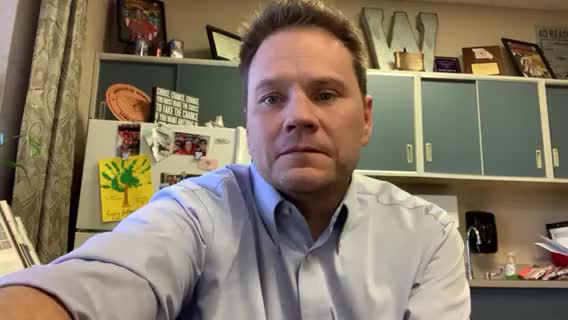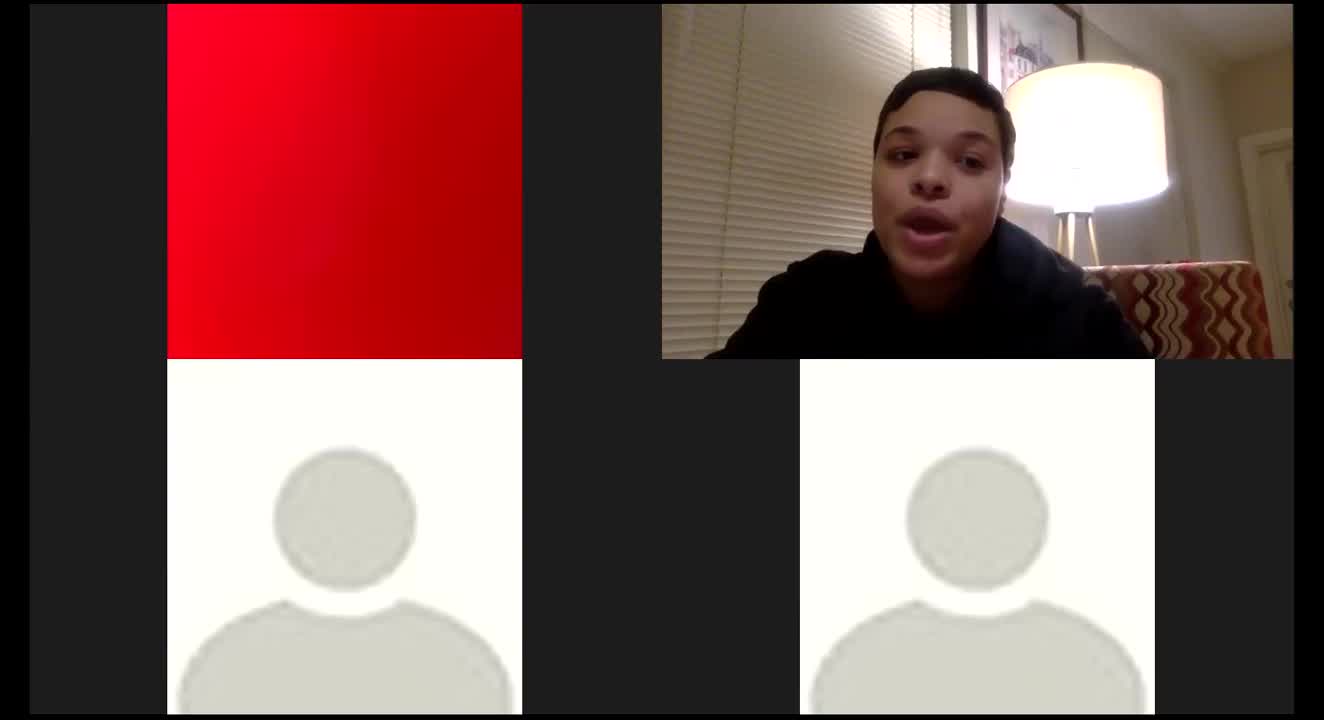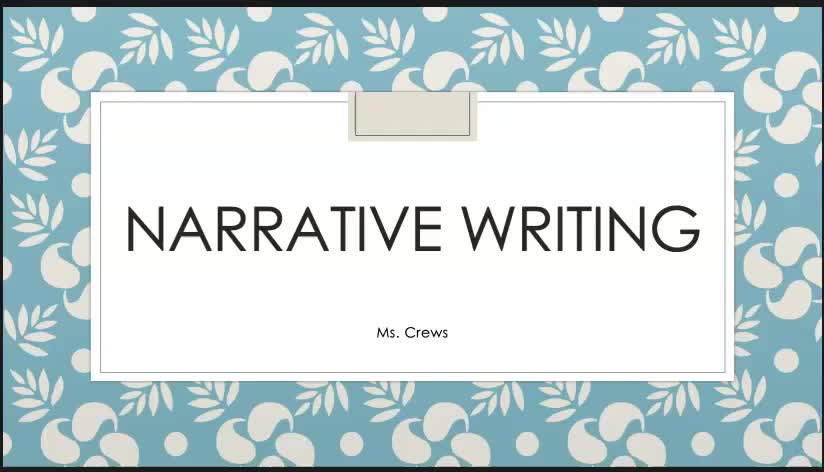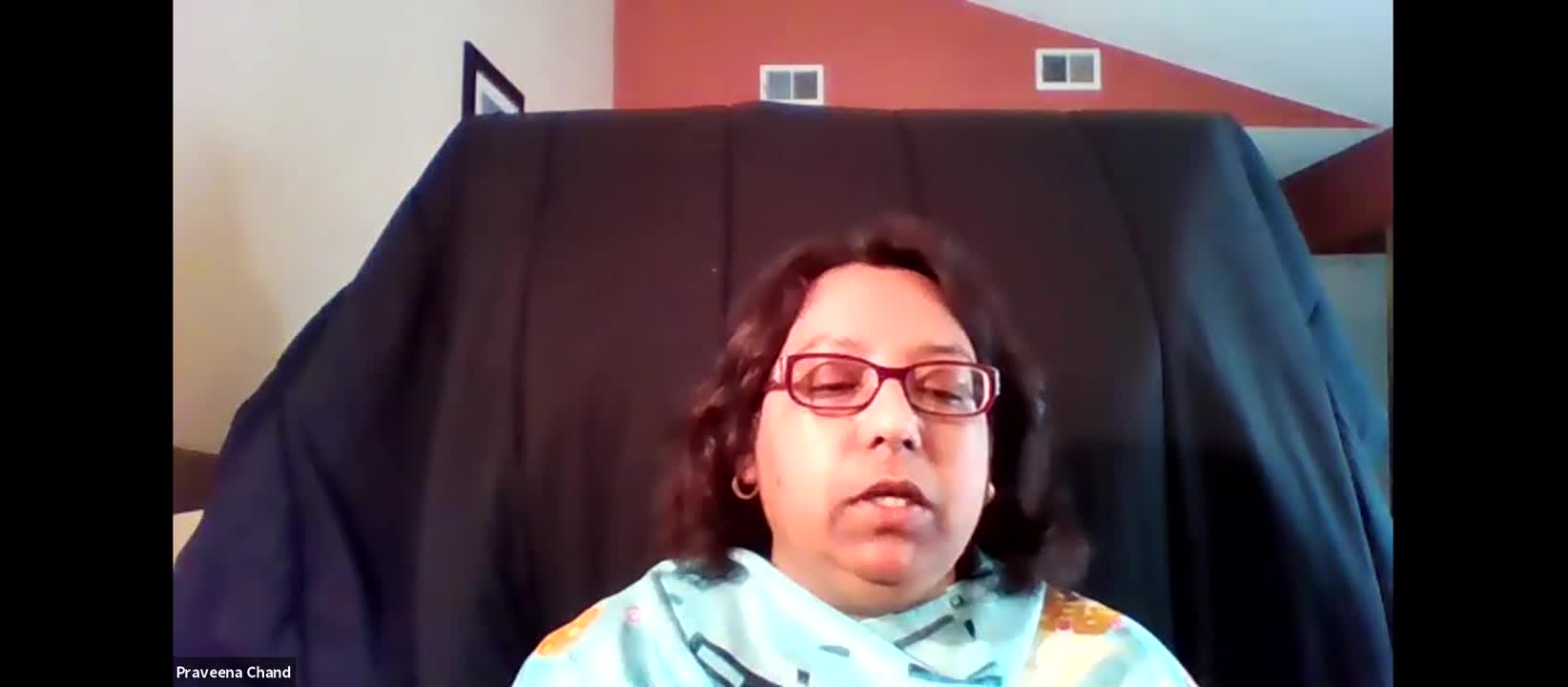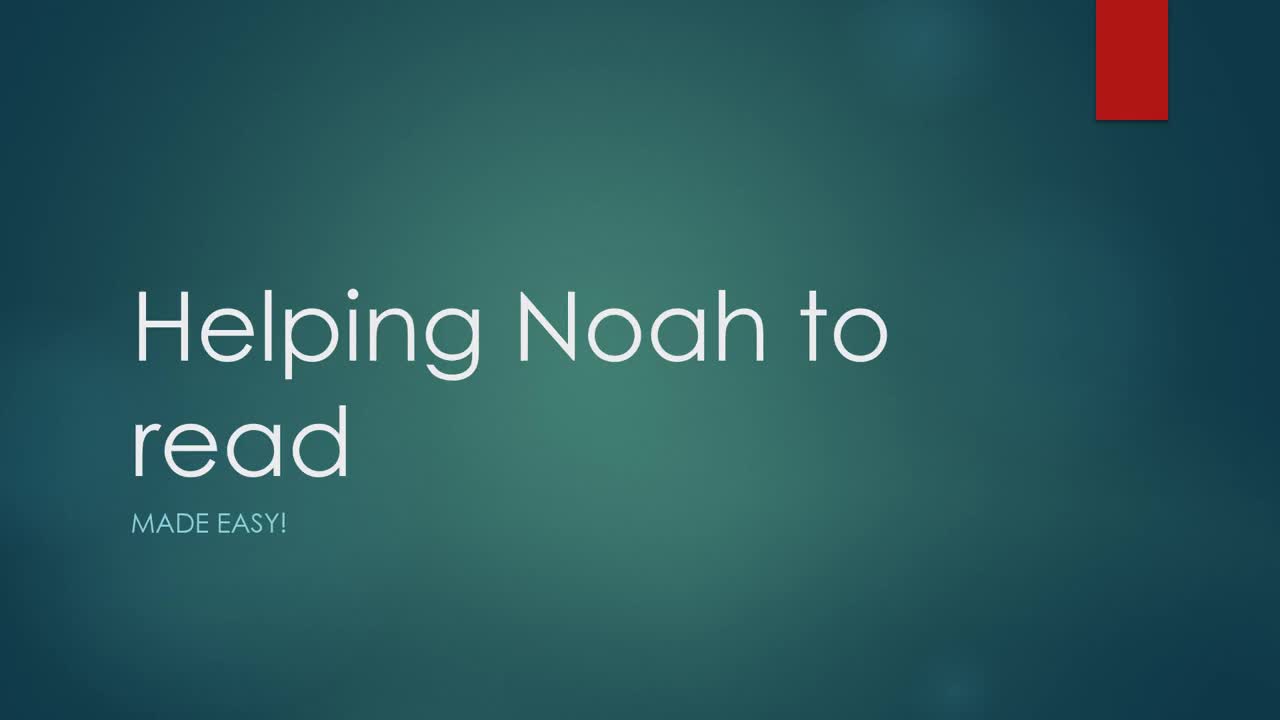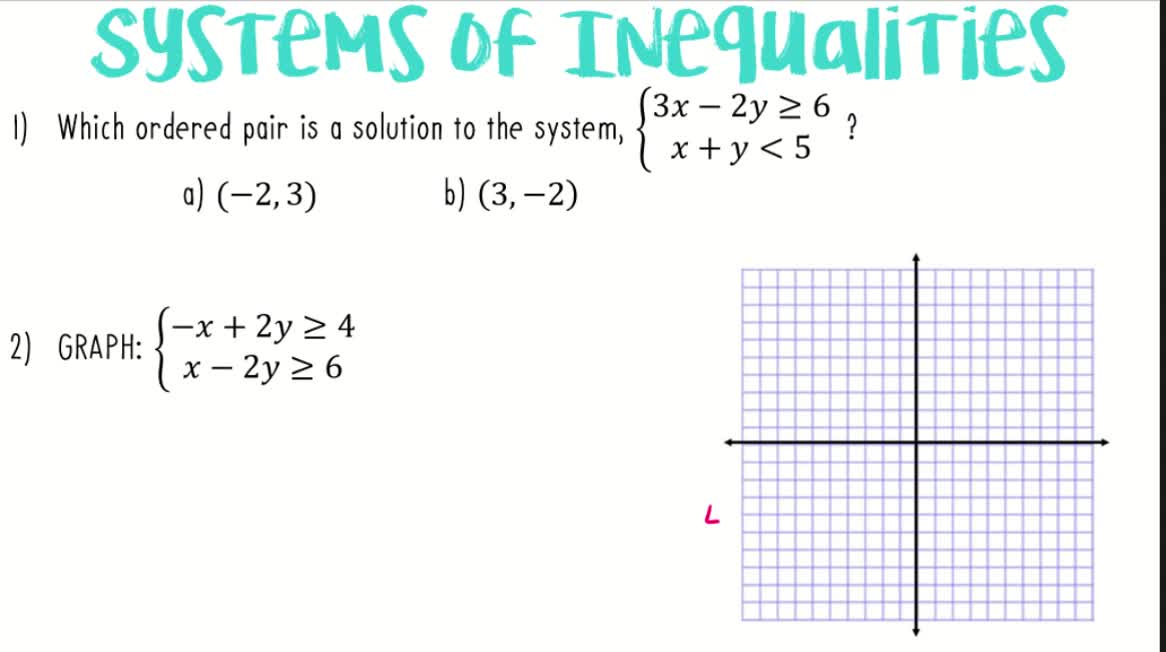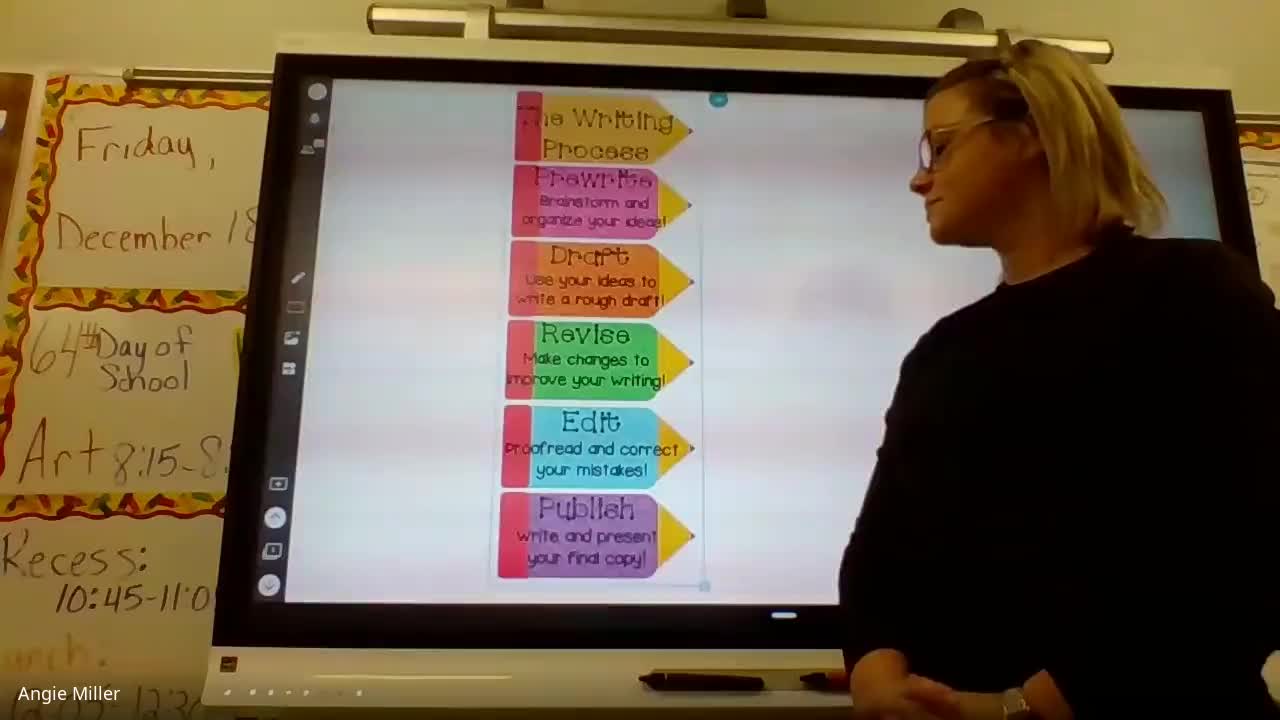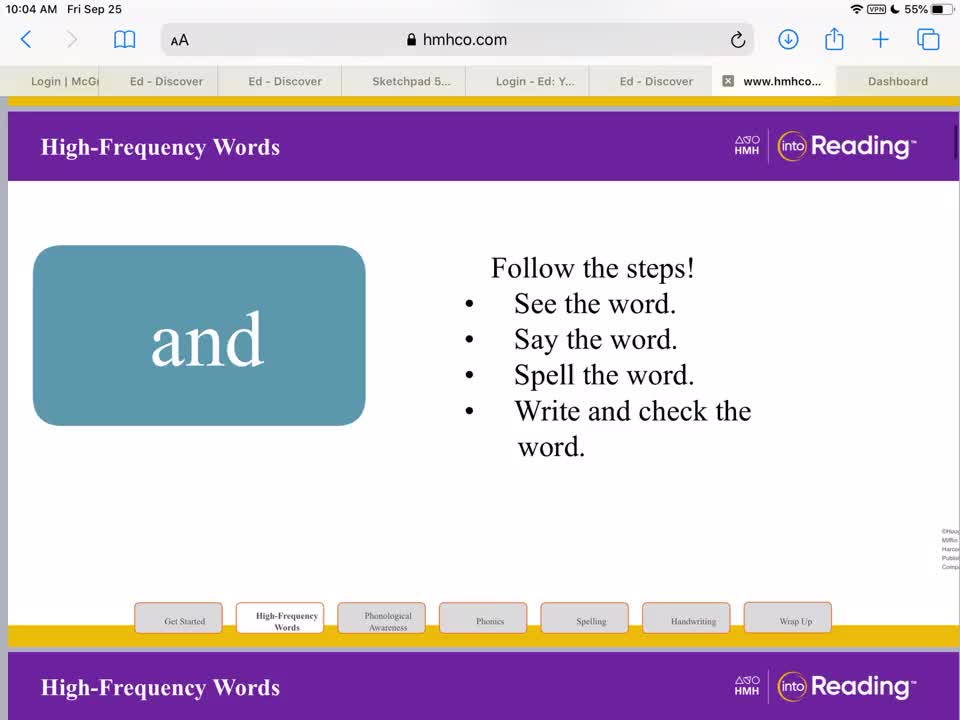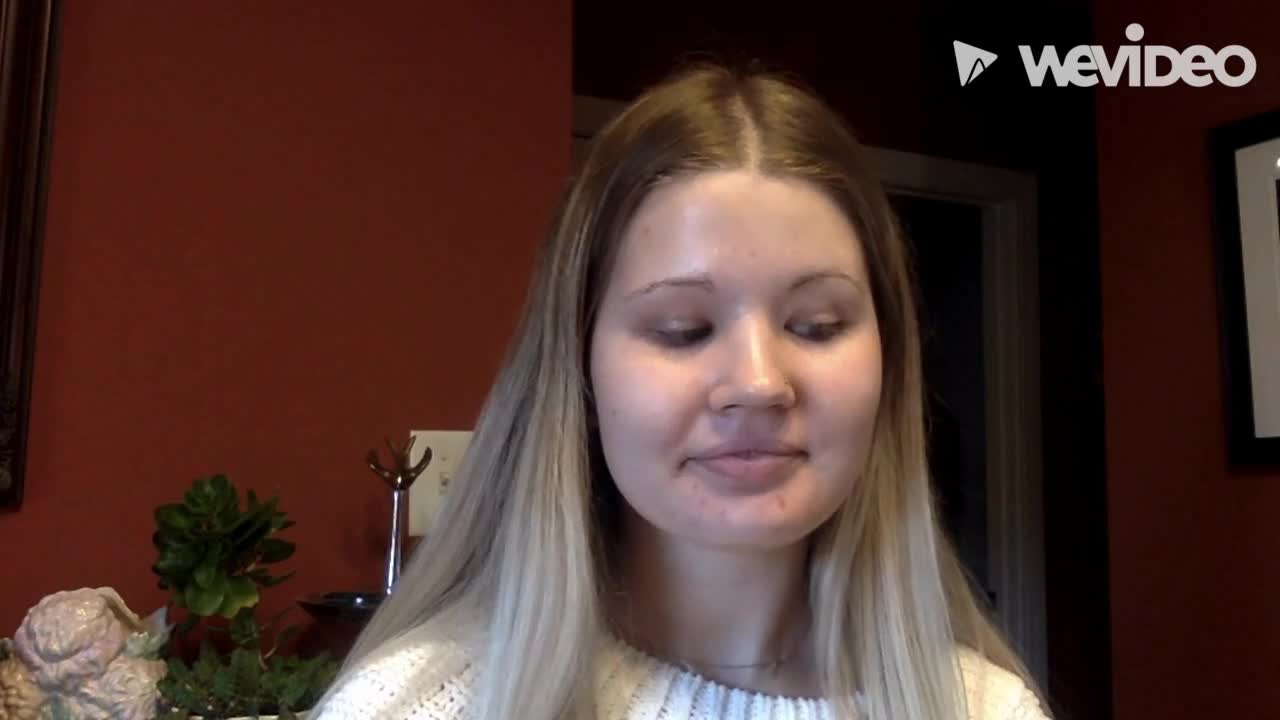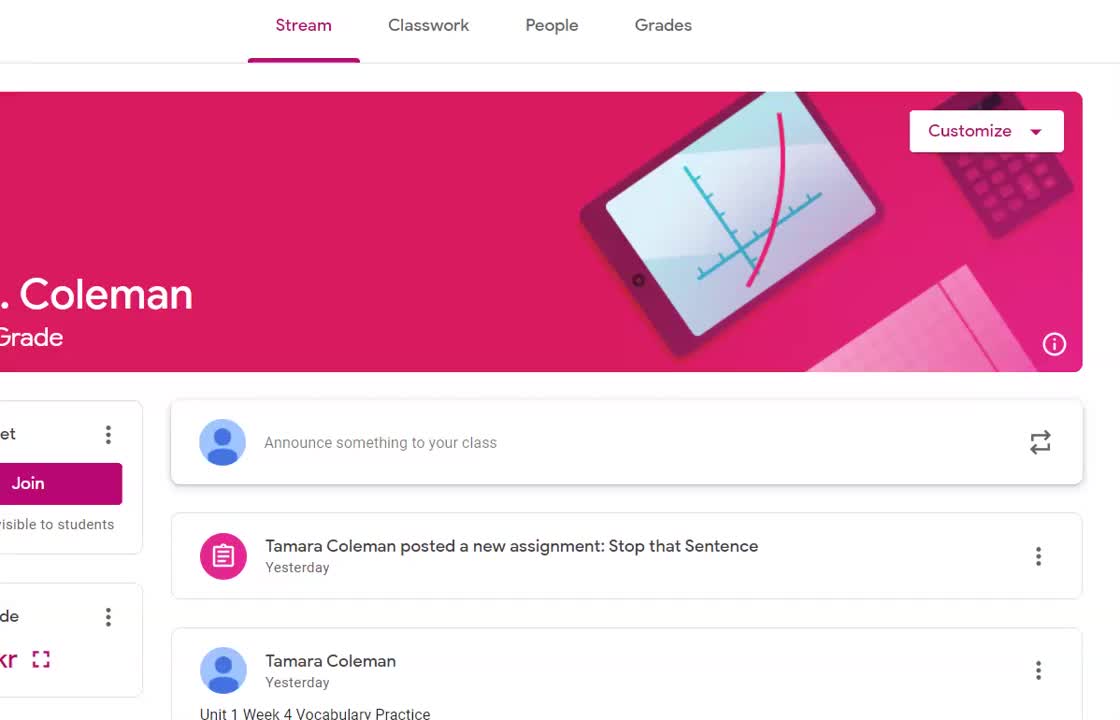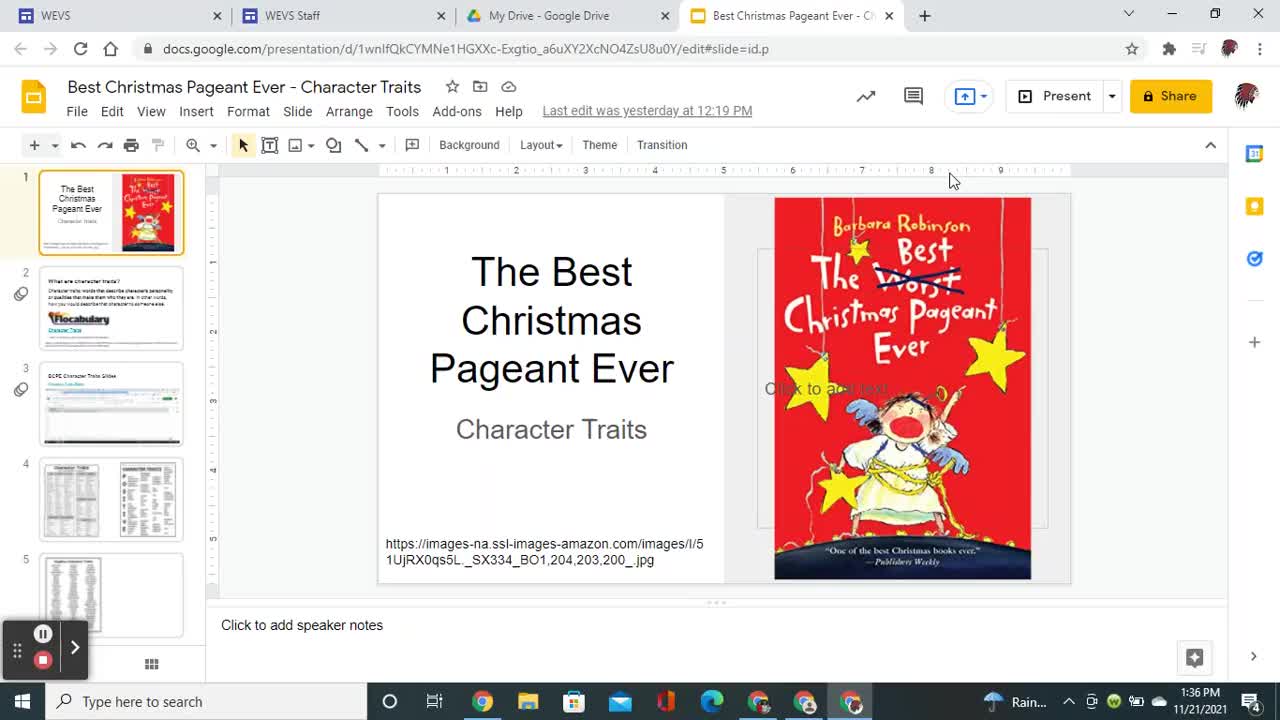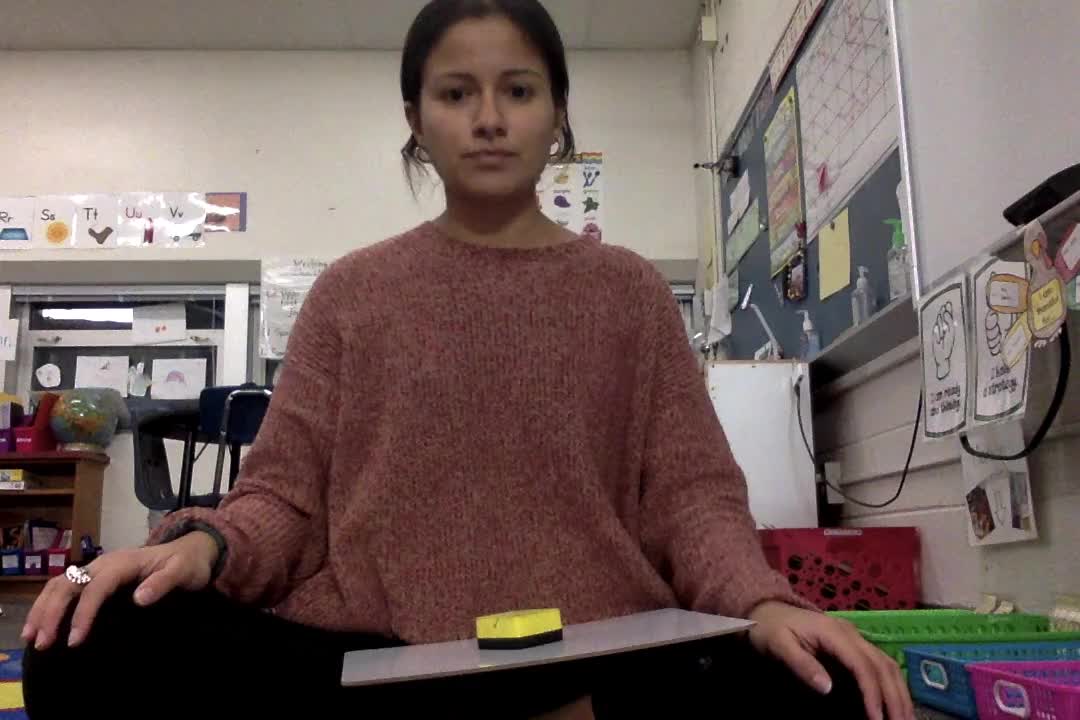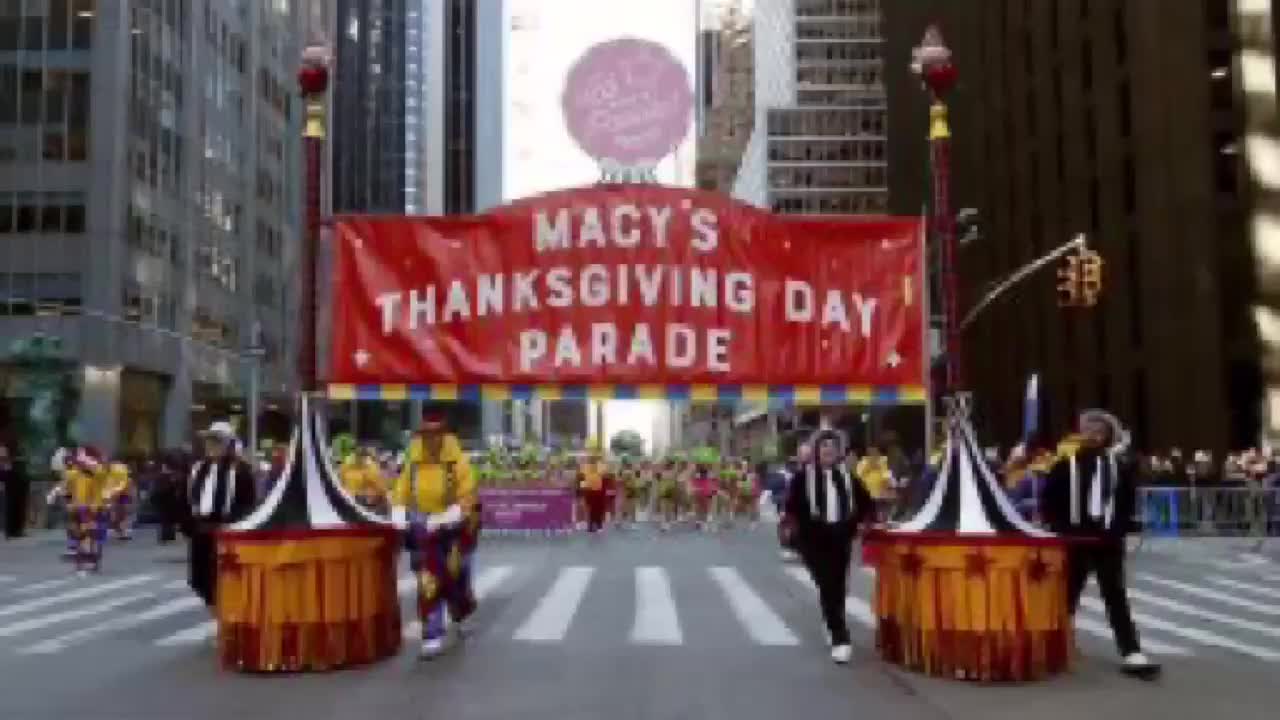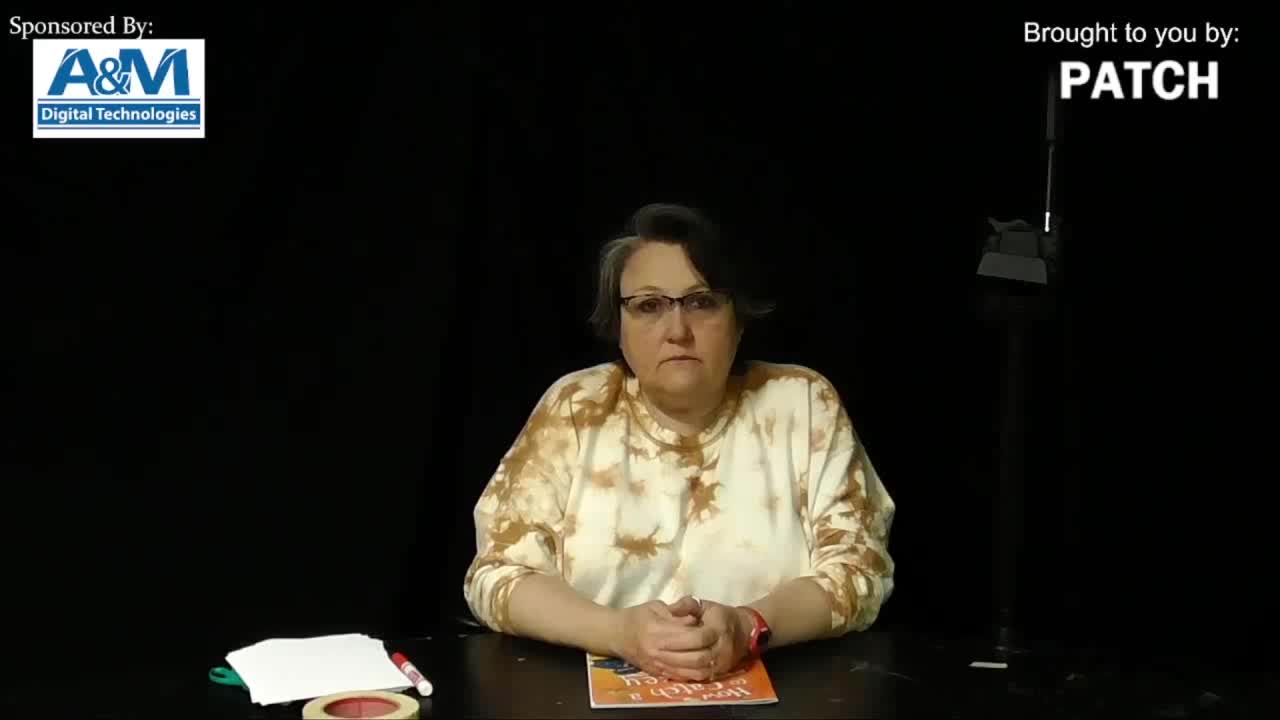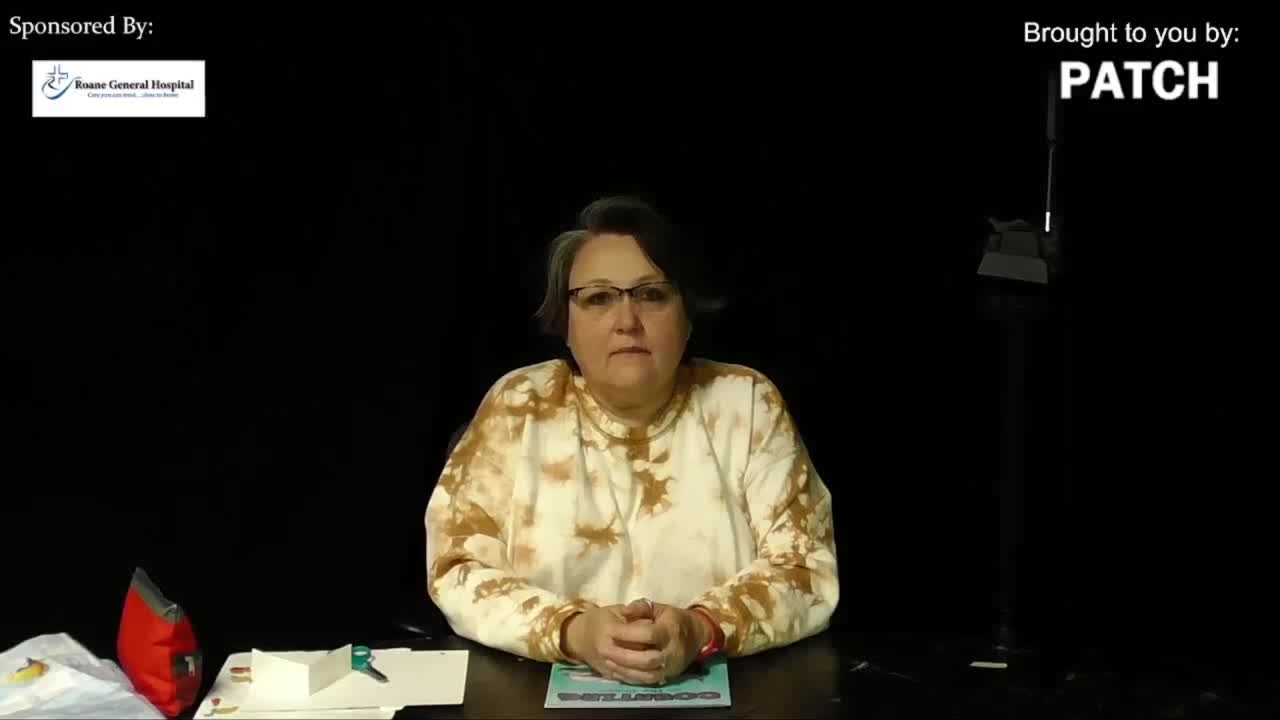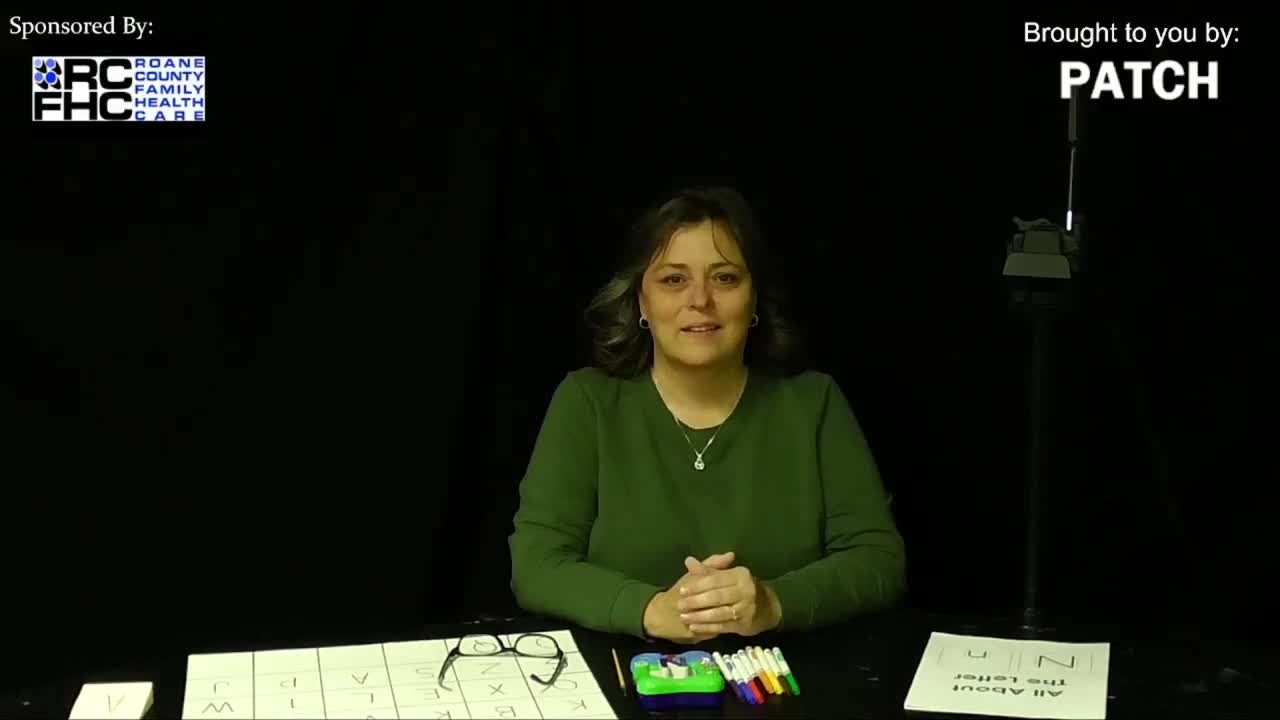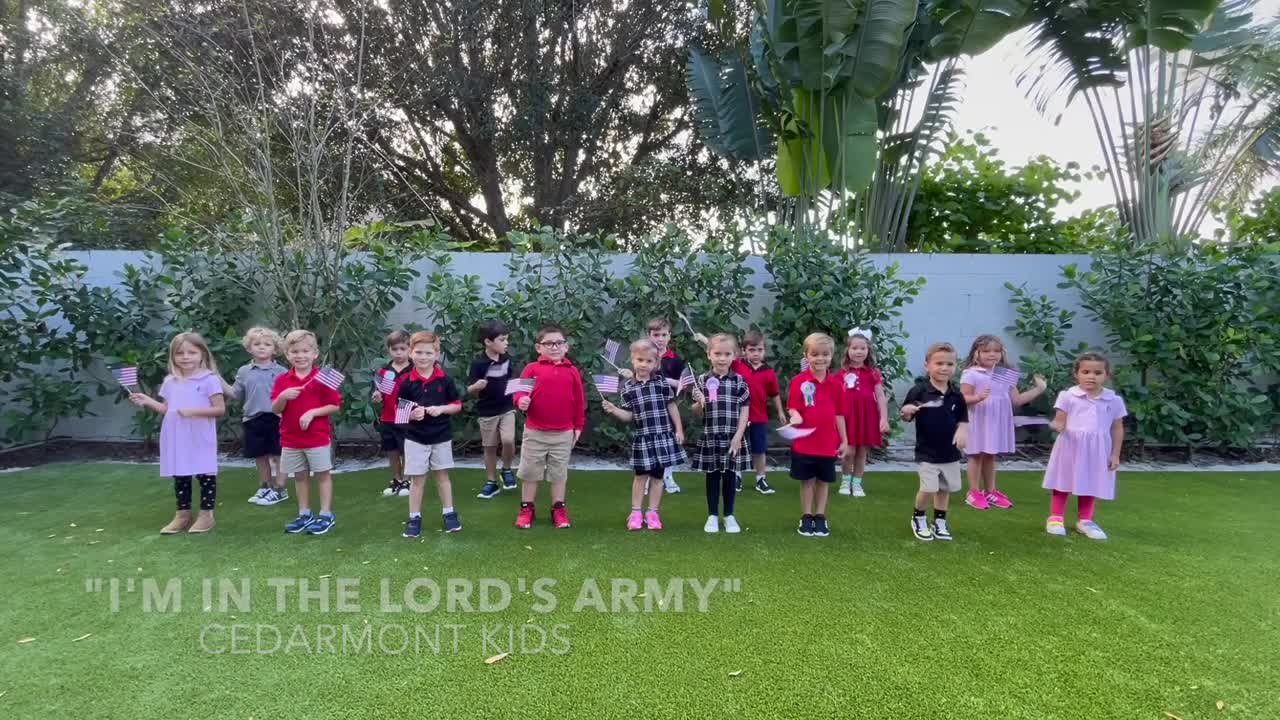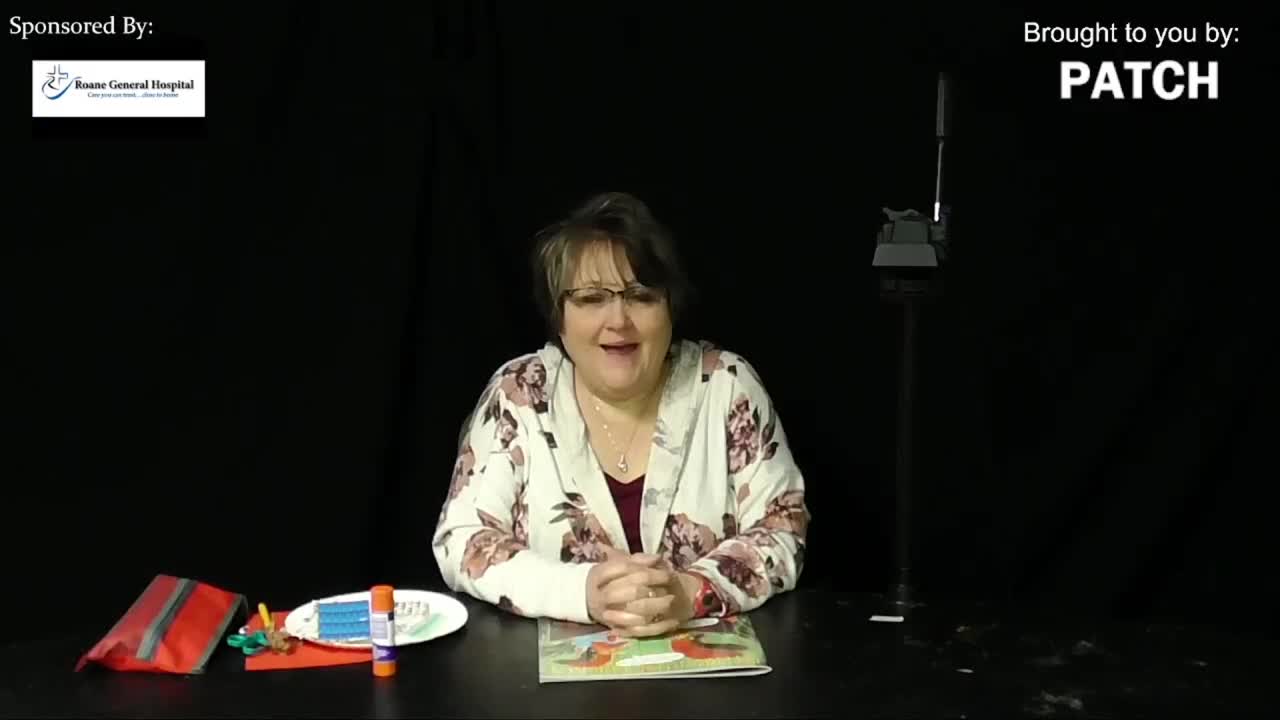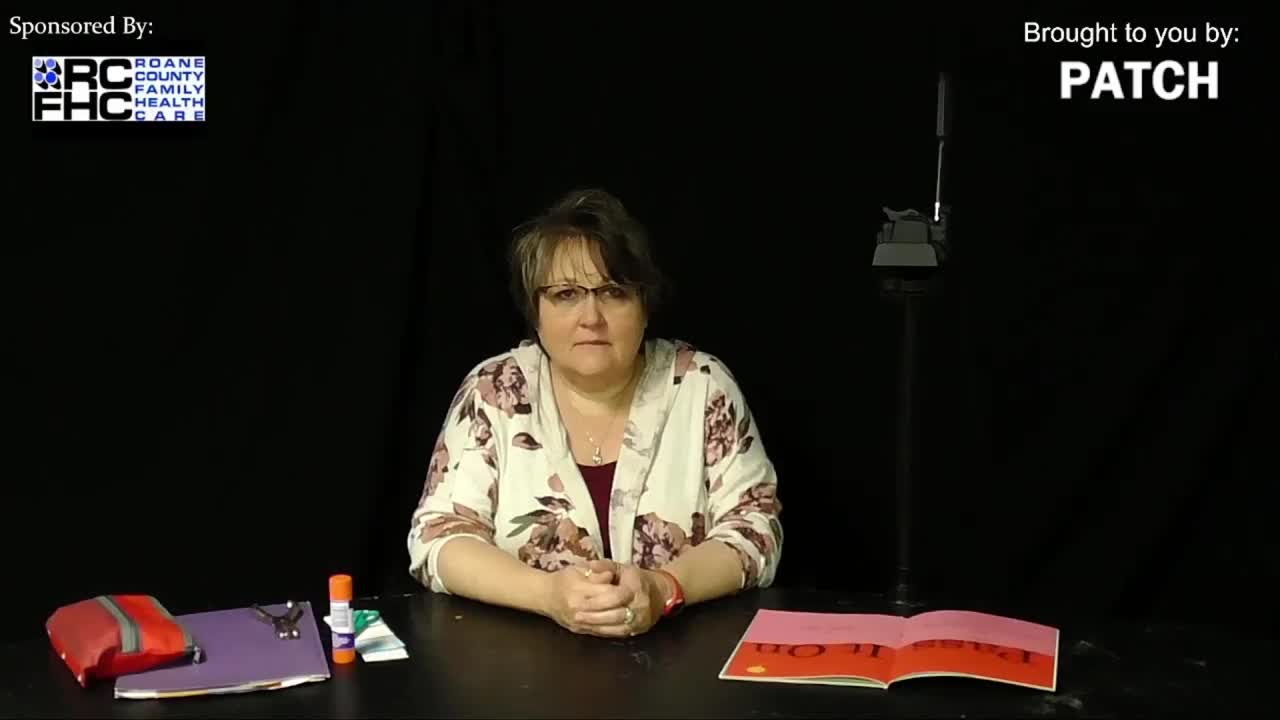2.6 Multiply Using Expanded Form
Elementary / Language Arts / Writing
Okay, today we learned to multiply using expanded form. It's very similar to what we did on Thursday night for homework where we broke a number down into smaller parts before we multiplied. So expanded form, we learned in chapter one. I know that 14 is the same as ten plus four. I have a one in the tens place, so that value is ten. And a four in the ones place has a value of four. So to multiply 7 times 14, I can multiply 7 times ten and add it to 7 times four. So 7 times ten is 70, 7 times four is 28. When I add them together, those partial products, I get 98. So I found to the partial products, and I and then I added them together. And I got 98. So 7 times 14 is 98. Down here, problem with bigger numbers here. I know that 1829 equals 1000 plus 800 plus 20 plus 9. And then when I multiply each of those to 7, 7 times 1000 is 7000. 7 times 800 is 5600. And I know that because 7 times 8 is 56. I just add those two zeros on at the end. 7 times two is 140. 7 times 9 is 63. So those are all my partial products. Then to find my final product, I'm going to add 7000 plus 5600 plus 140 plus 63. And when I add those together, I get 12,803. So I know that 7 times 1829 equals 12,803.
